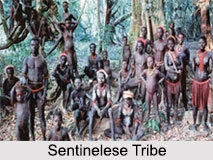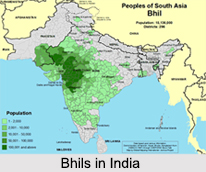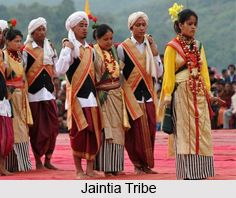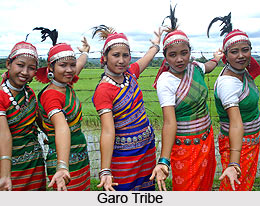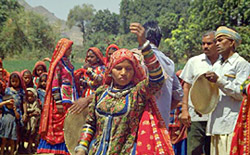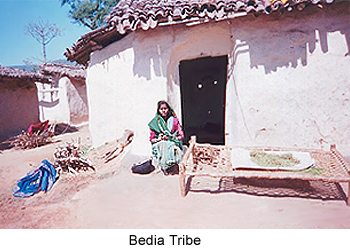 Bedia Tribe also called as Bedea, Bejea are a small agricultural Tribe of Chota Nagpur. This Dravadian Tribe are thought to be cousins or masiaut bhai of the Kurmis. There are instances that earlier the two tribes married each other but once it got revealed that the former ate bee or probably the later let eating, intermarriage between were stopped.
Bedia Tribe also called as Bedea, Bejea are a small agricultural Tribe of Chota Nagpur. This Dravadian Tribe are thought to be cousins or masiaut bhai of the Kurmis. There are instances that earlier the two tribes married each other but once it got revealed that the former ate bee or probably the later let eating, intermarriage between were stopped.
A contrary view is cited by a small community of Jharkhand which mentions that the Bedia Tribe originally resided in a hill, Mohdipahr in Hazaribagh District. They are said to have descended from the union of a Vedbansi prince with a Munda Girl. It is often believed that a division of the Kurmis were out castes and gradually came to be known as Bedia, or wandering Kurmis. By hosting a grand feast they rejoined their Kurmi Tribe but the poor could not afford it and in due course formed a separate group.
Demography of Bedia Tribe
The Bedia Tribe reside in Singbhum, Ranchi and Hazaribagh districts of Jharkhand. These areas are covered by thin forests. The Bedia Tribes speak the Panchpargania which is a part of the Indo Aryan family of languages. They use this language for inter and intra group communication. They use the Devnagiri script.
Religion of Bedia Tribe
The Bedia Tribe follow their traditional tribal religion. They worship family deities like Mai, Kundari, Mudkati, Darha, Bansa and others. The village deities worship are Gawandeti, Durga, Chandi, Jher- buri. Their regional deities are Bad Pahari and Palcharu. The Badia also have sacred specialist like Pahan Bhagat and Ojha who also belong to other communities. They also pay visit to annual fairs at Hundru, Rajarappa, jagannathpur and John falls. The Bedias celebrate and observe festivals such as Sarhul, Karma, Phagun, Sohrai and Jitia.
Economy of Bedia Tribe
The primary occupation of the Bedia Tribe is agriculture. They are basically land holding community engaged in pastoral economy. To earn a living they also sell firewood, gather lac and many other forest produces. They even work as rickshaw pullers and employed in other labour jobs. Most of them are engaged in agricultural work and they often go out for hunting also. The Bedias have their own community council whose office is hereditary. The head of the office is responsible for resolving all social and economic matters. Many landless workers are occupied as daily wage workers.
Customs of Bedia Tribe
The Bedia Tribe is divided into septs. They are exogamous clans named Phecha, Mahua, Bambia, Suiya, Kachua, Chidra. The title used by them is Mahato.
Boys are married off at the age of 16 to 17 while girls are married at the age of 14 to 15. Marriage takes place either through negotiation or mutual consent. They usually follow Monogamy but in certain instances Polygamy is also practised. Dowry system is followed among them. Married women apply a vermillion mark on their forehand and wear an iron bangle in their hand. Divorce is allowed on grounds of infertility, adultery, maladjustment, laziness, cruelty and others. Widow Remarriage is also allowed but the widow needs to marry her deceased husband`s brother. Bedias live in both nuclear and extended family. Propert is equally shared among the sons of the family and the eldest one becomes the heir of this father`s authority. Women on the other hand are responsible for household work but they also contribute for the family income.
The Bedias follow the birth and death rituals. They celebrate Chetti, a ritual that is observed after the sixth day of the birth of the child. On this day the purificatory and child naming ceremony takes place.
The Bedias burry their dead people and observe cremation rites such as Daskarma and Telnahan.

















